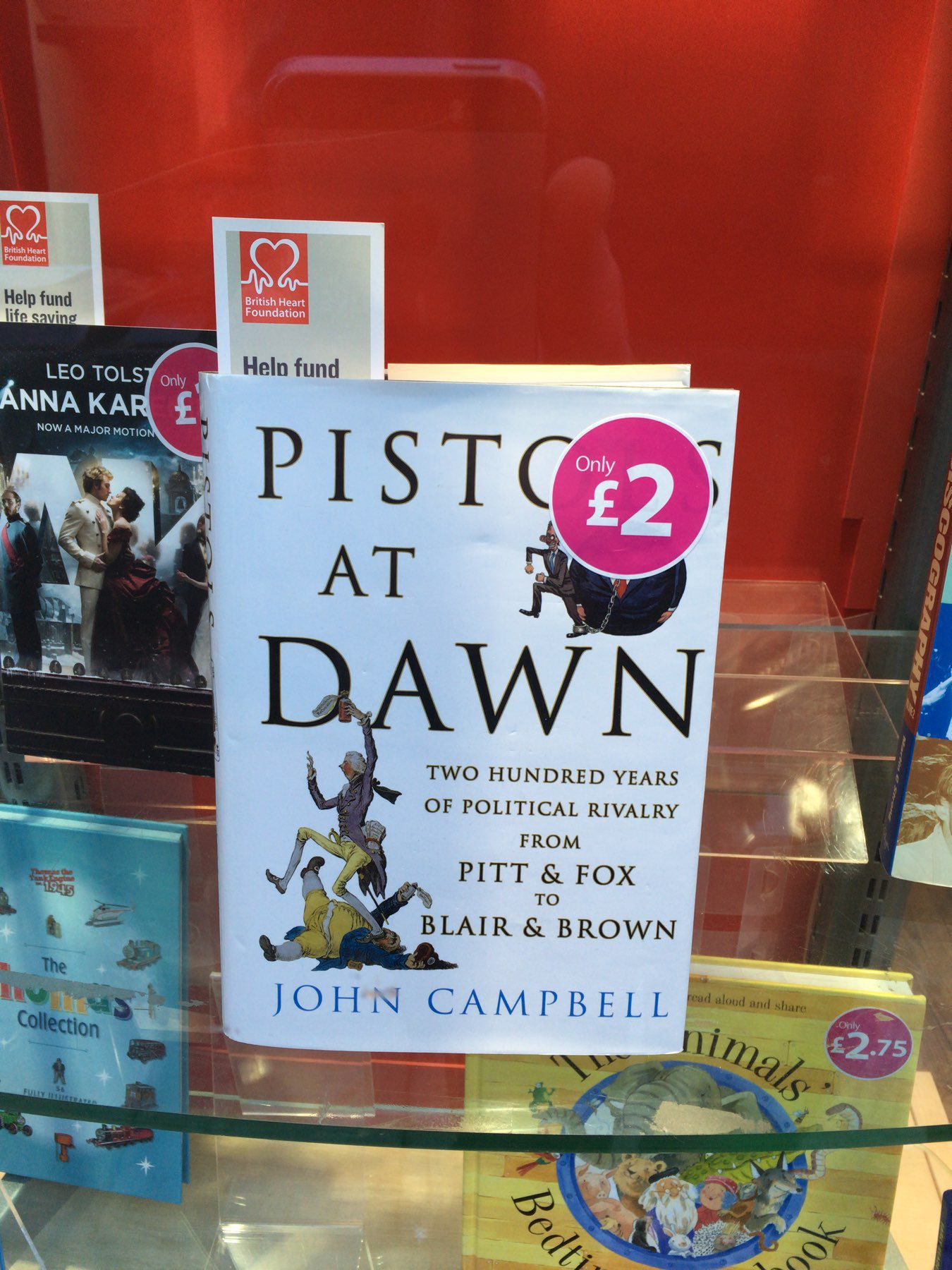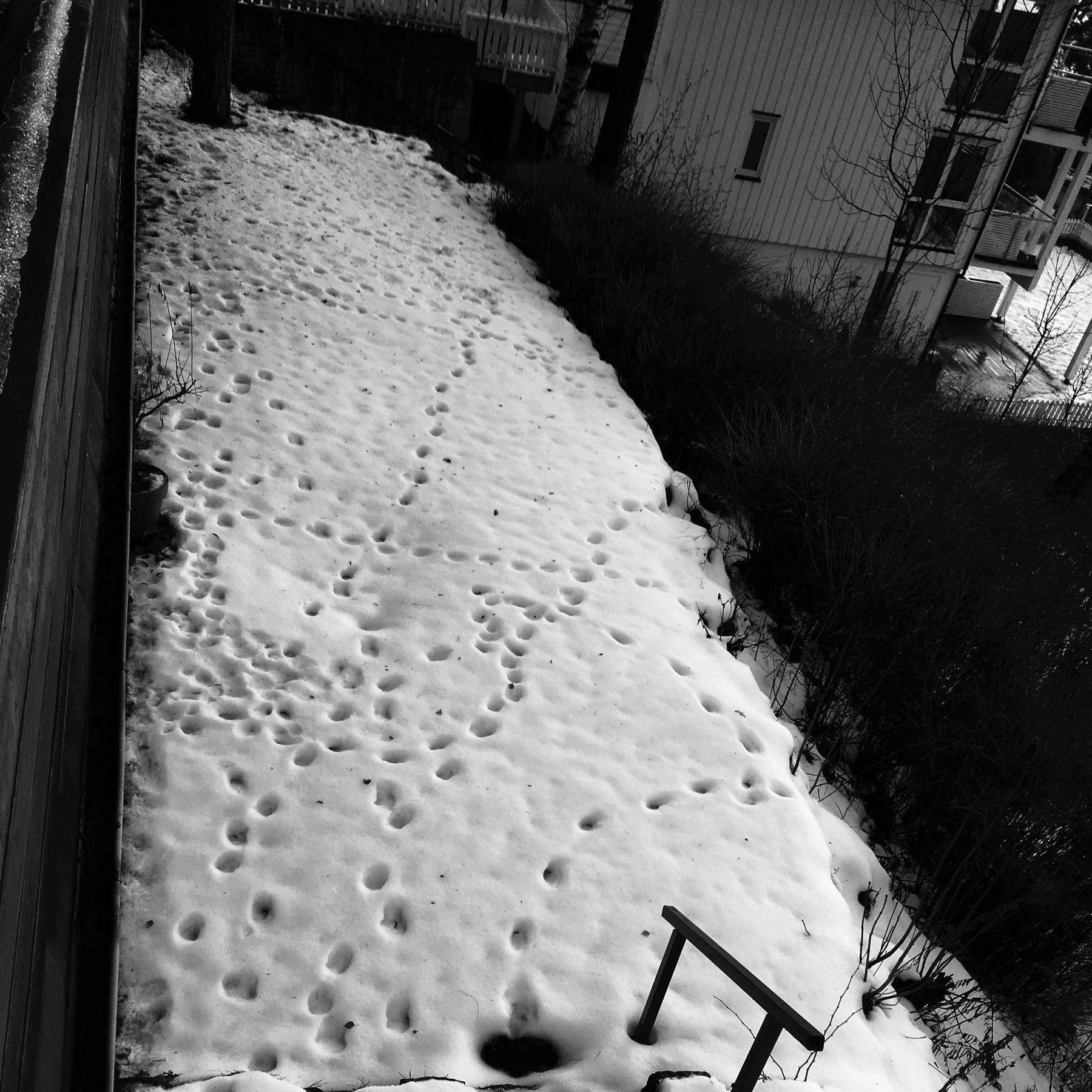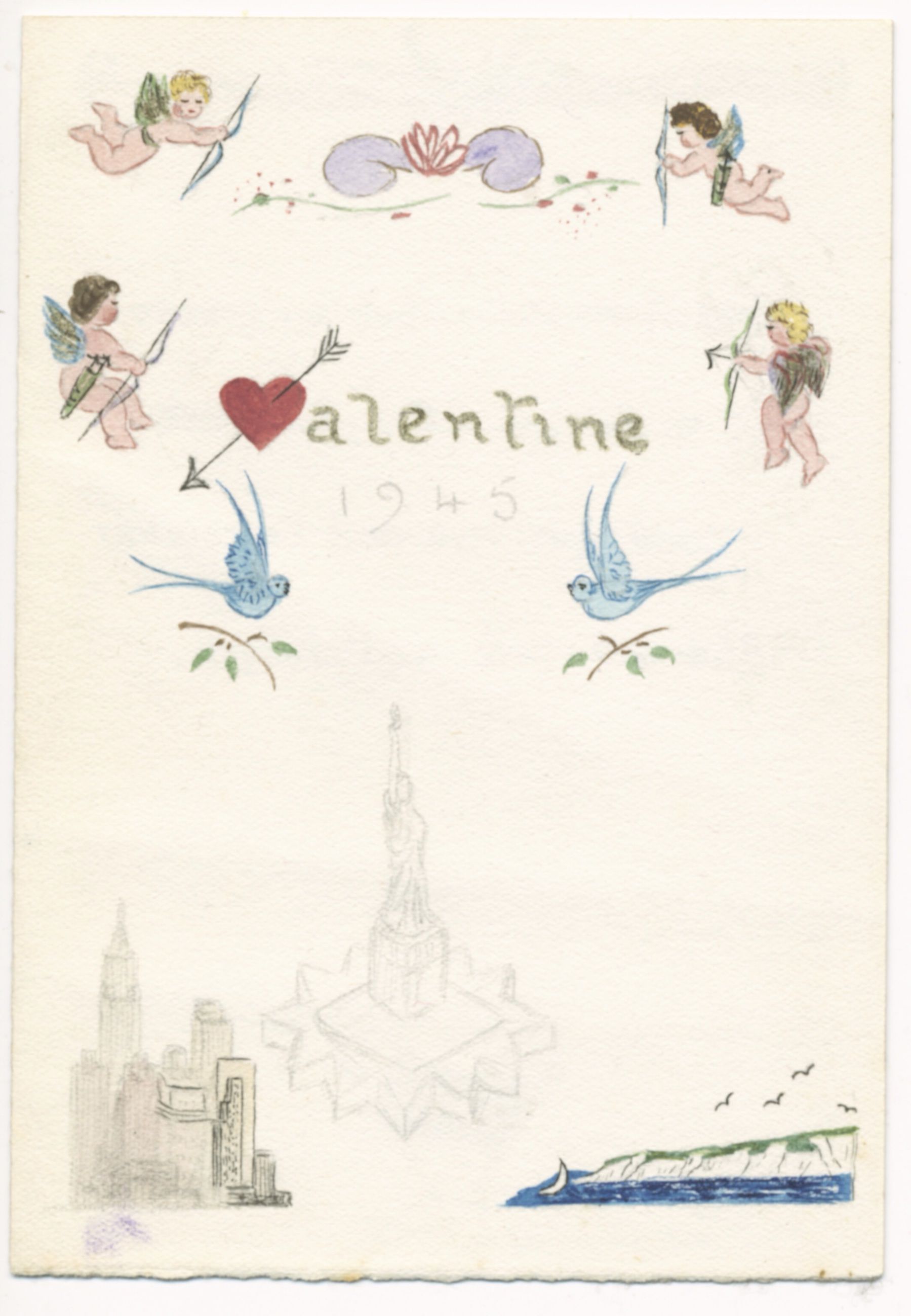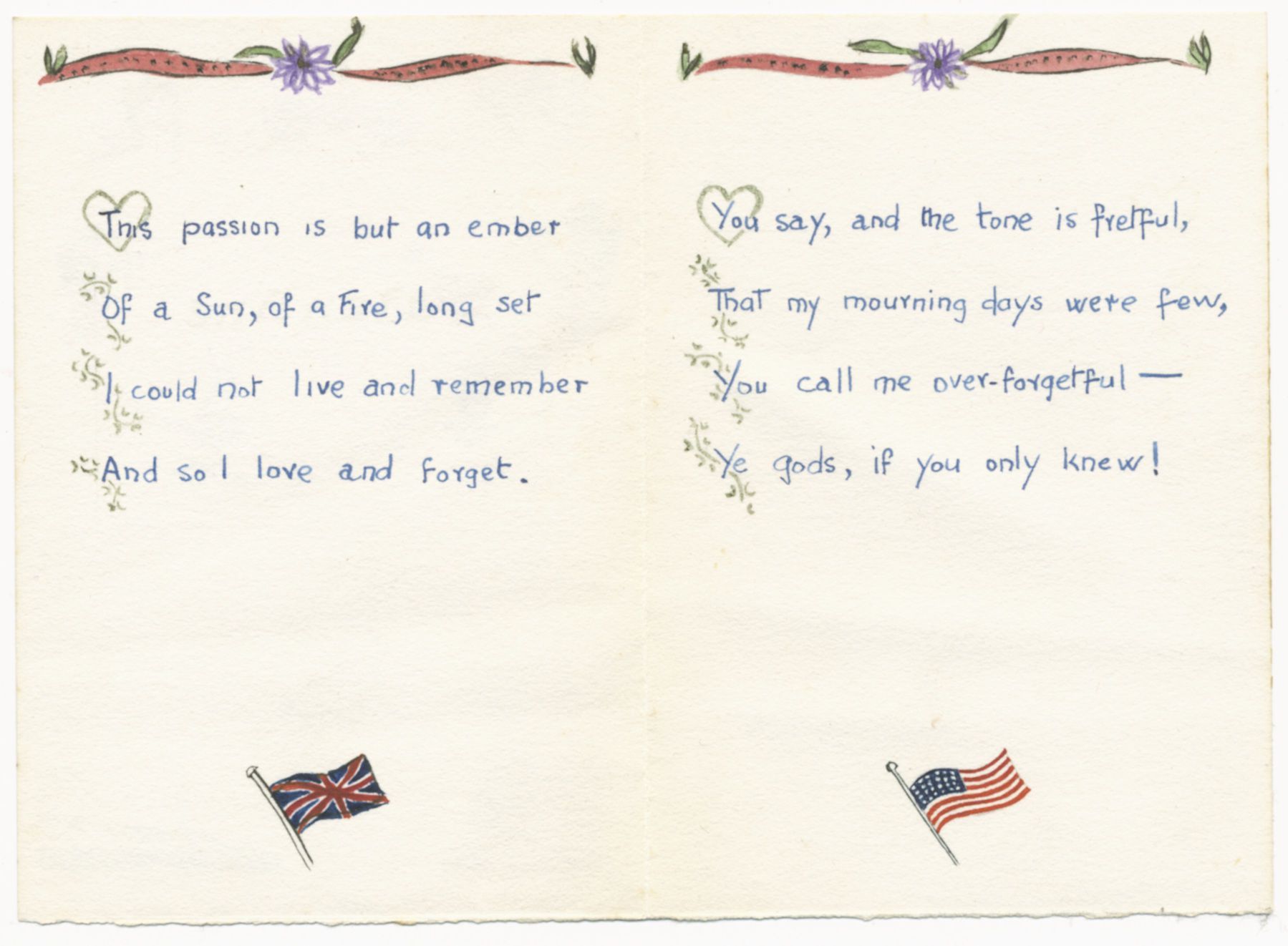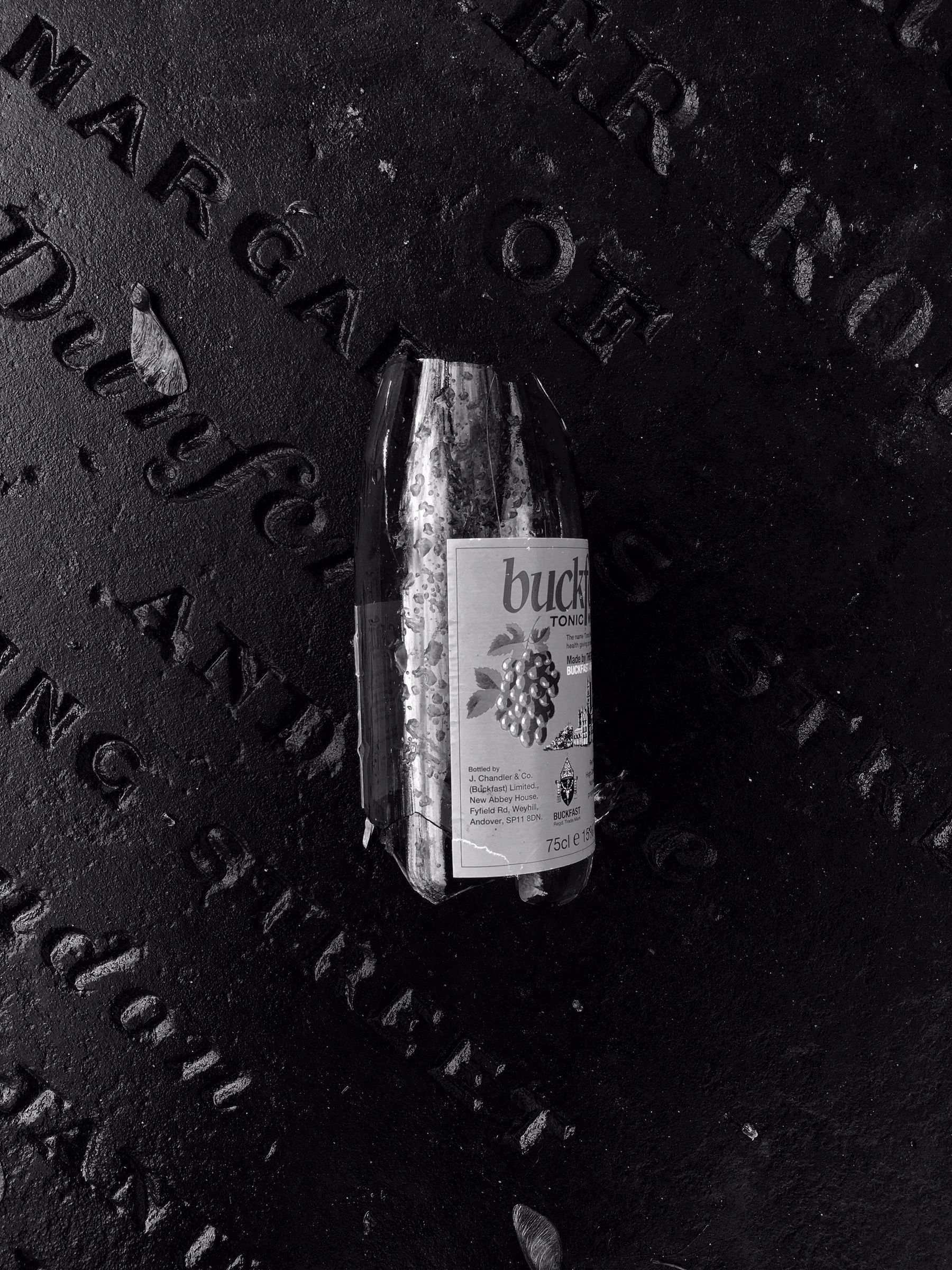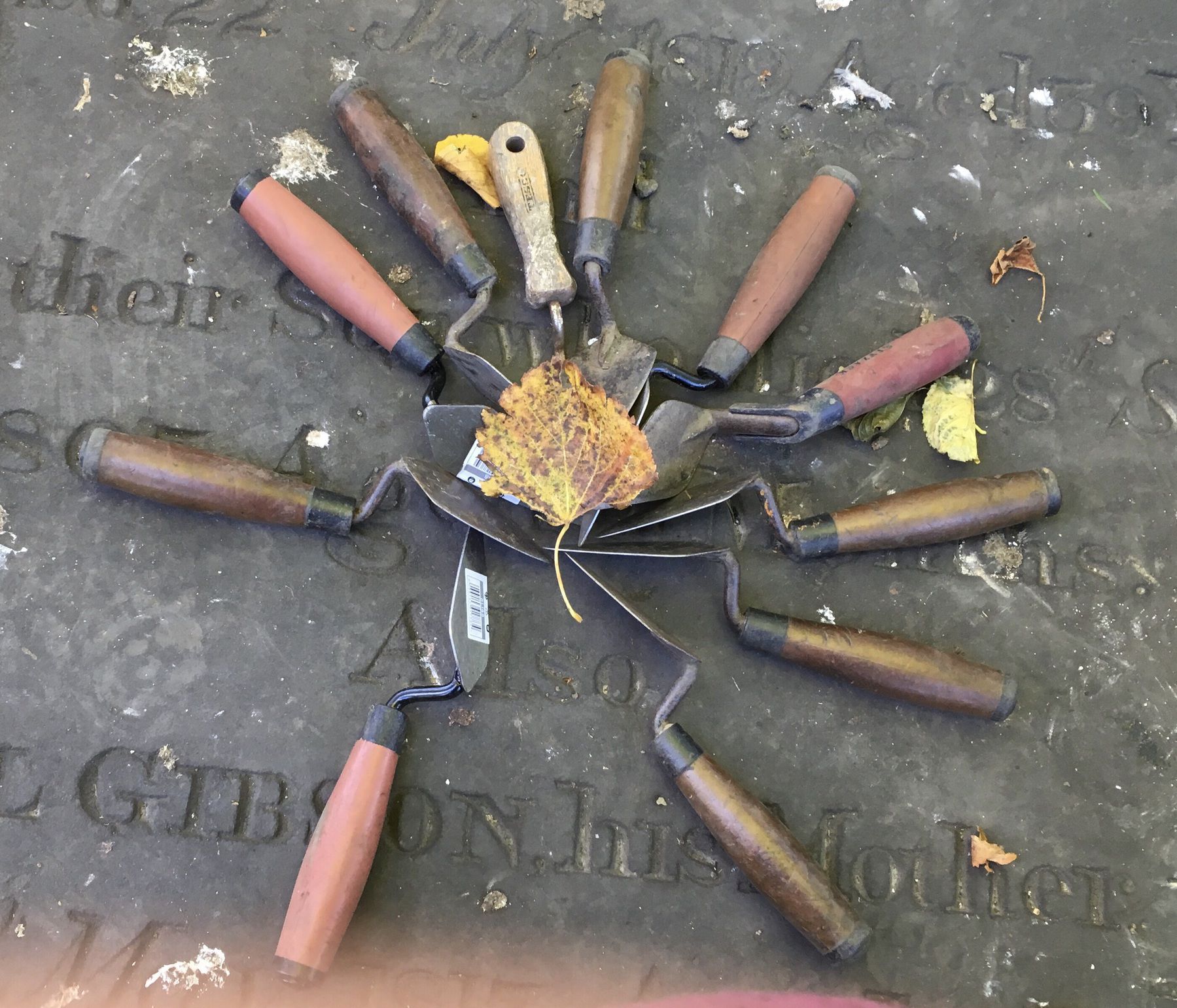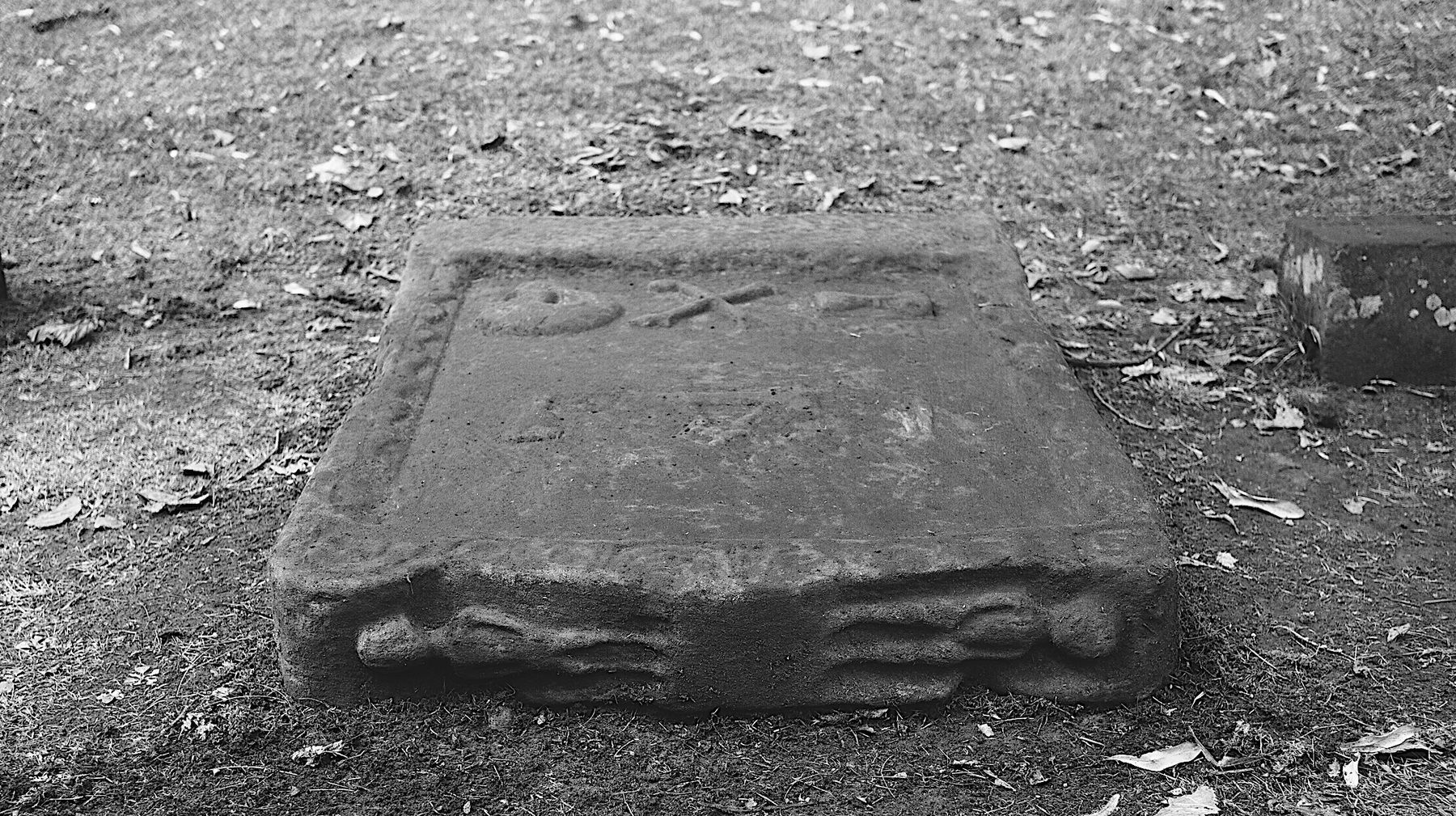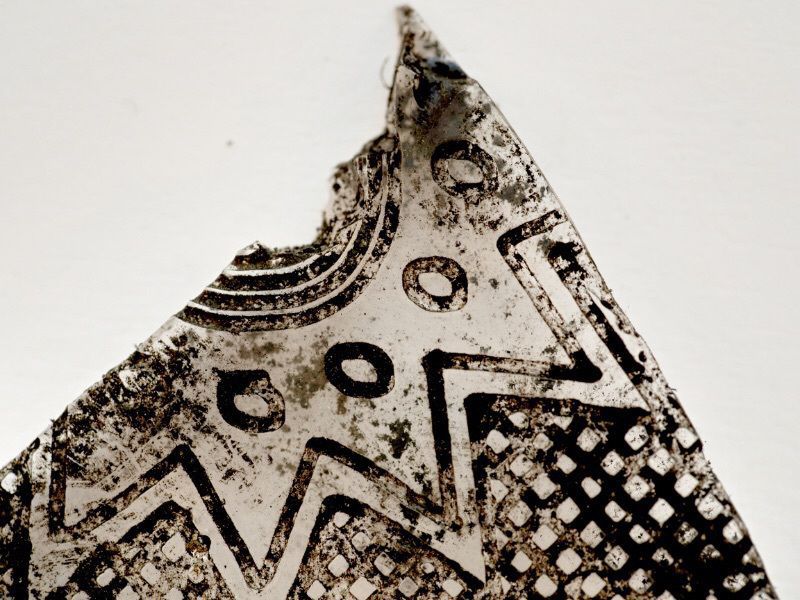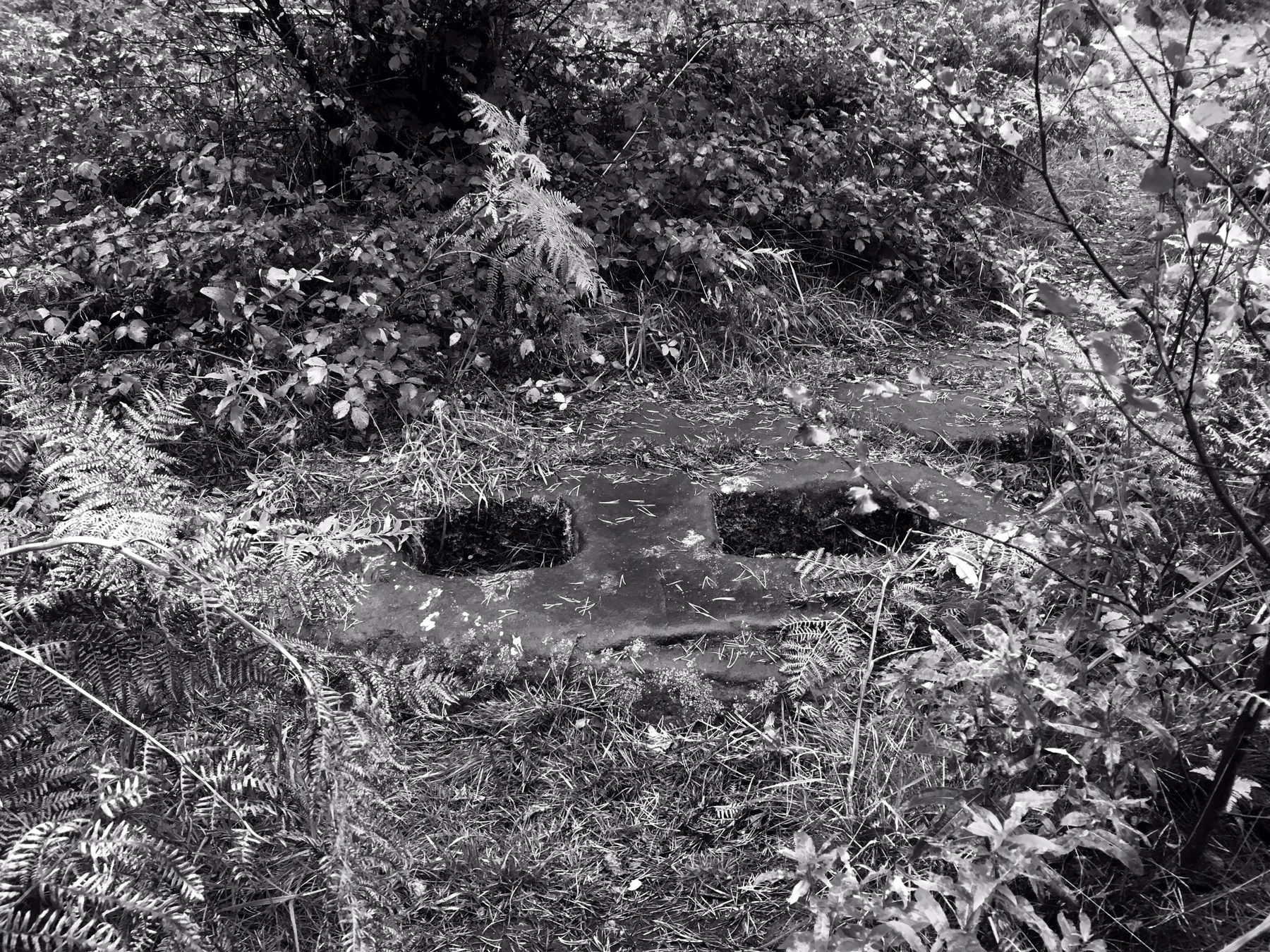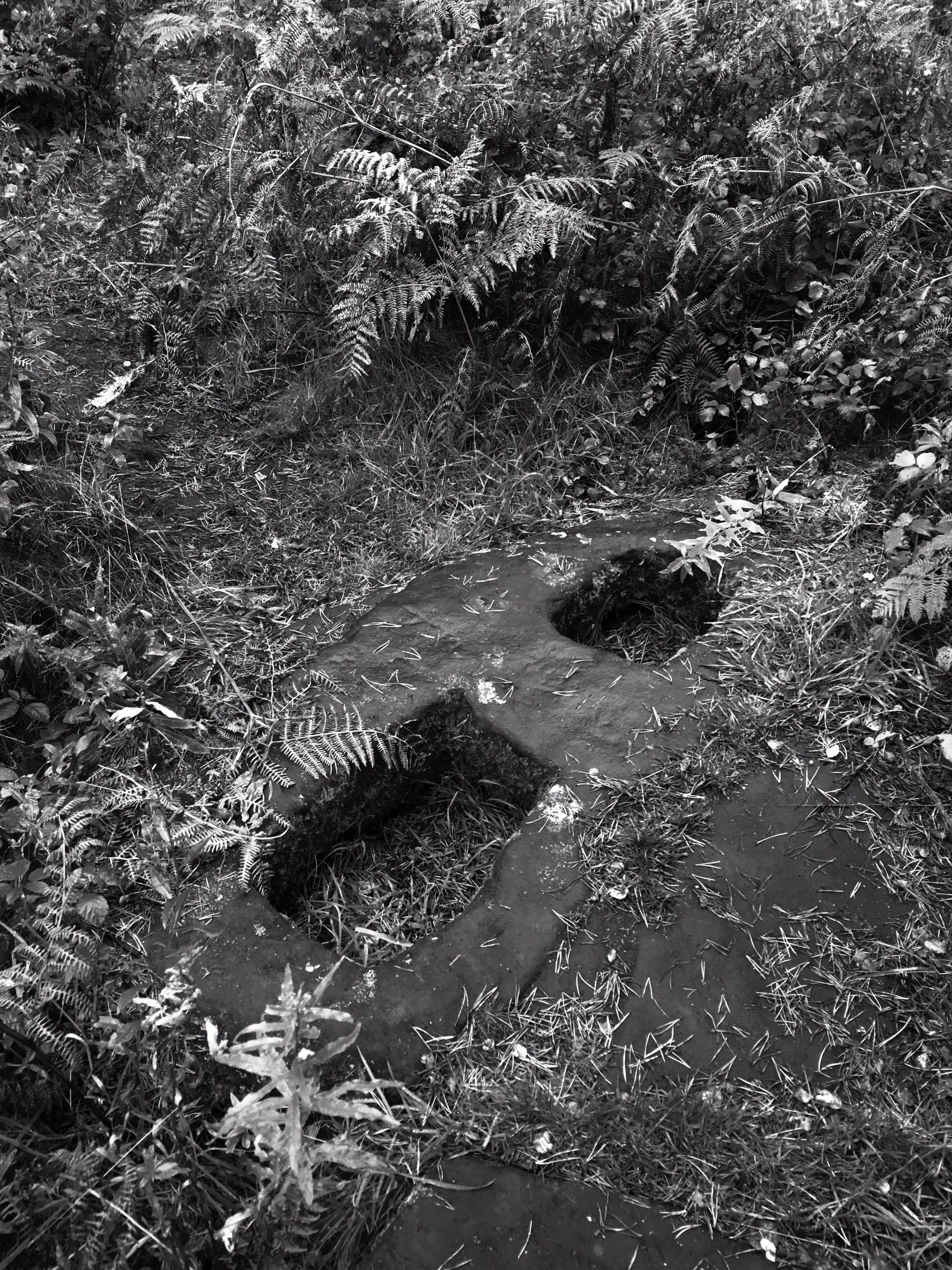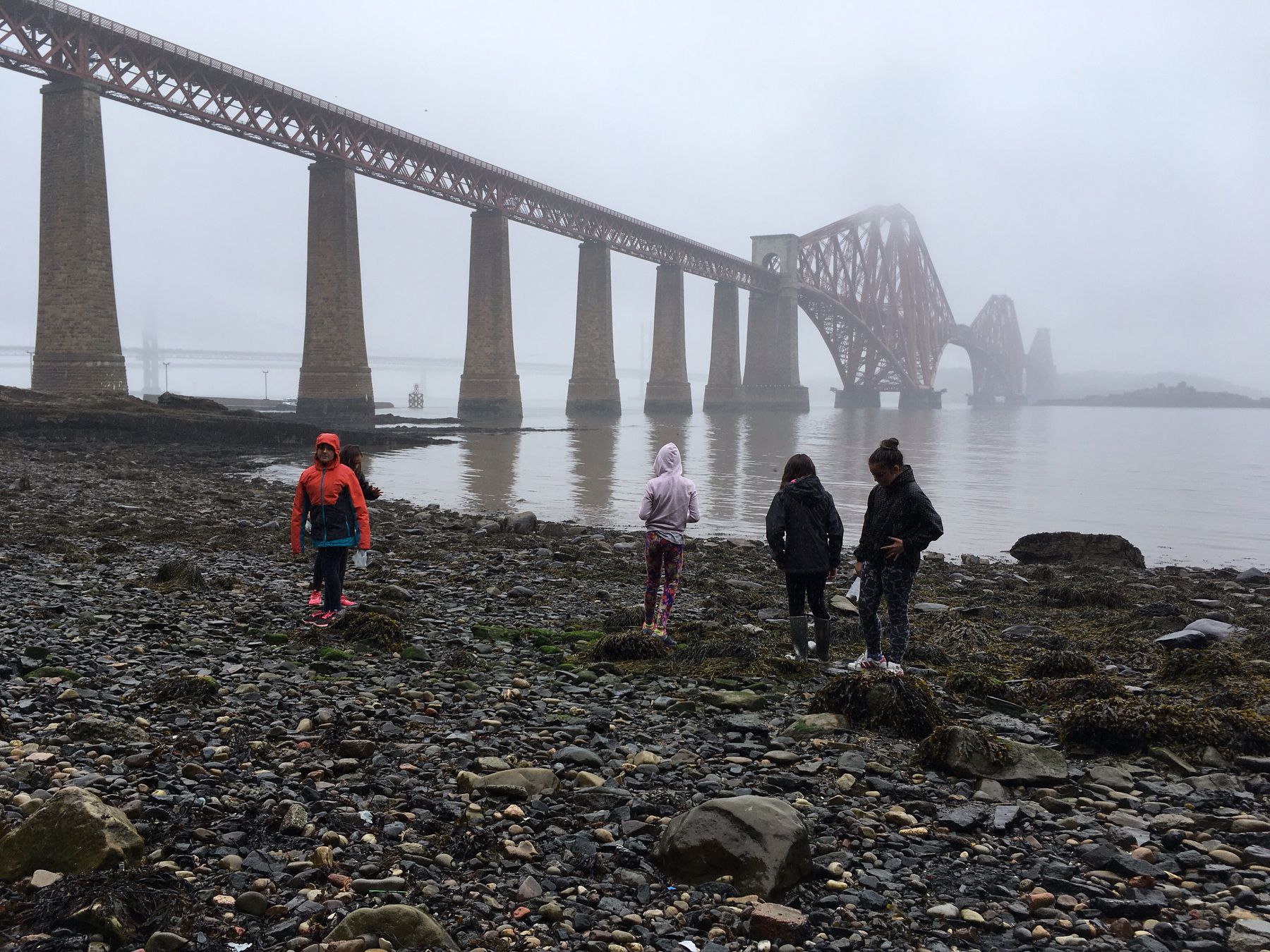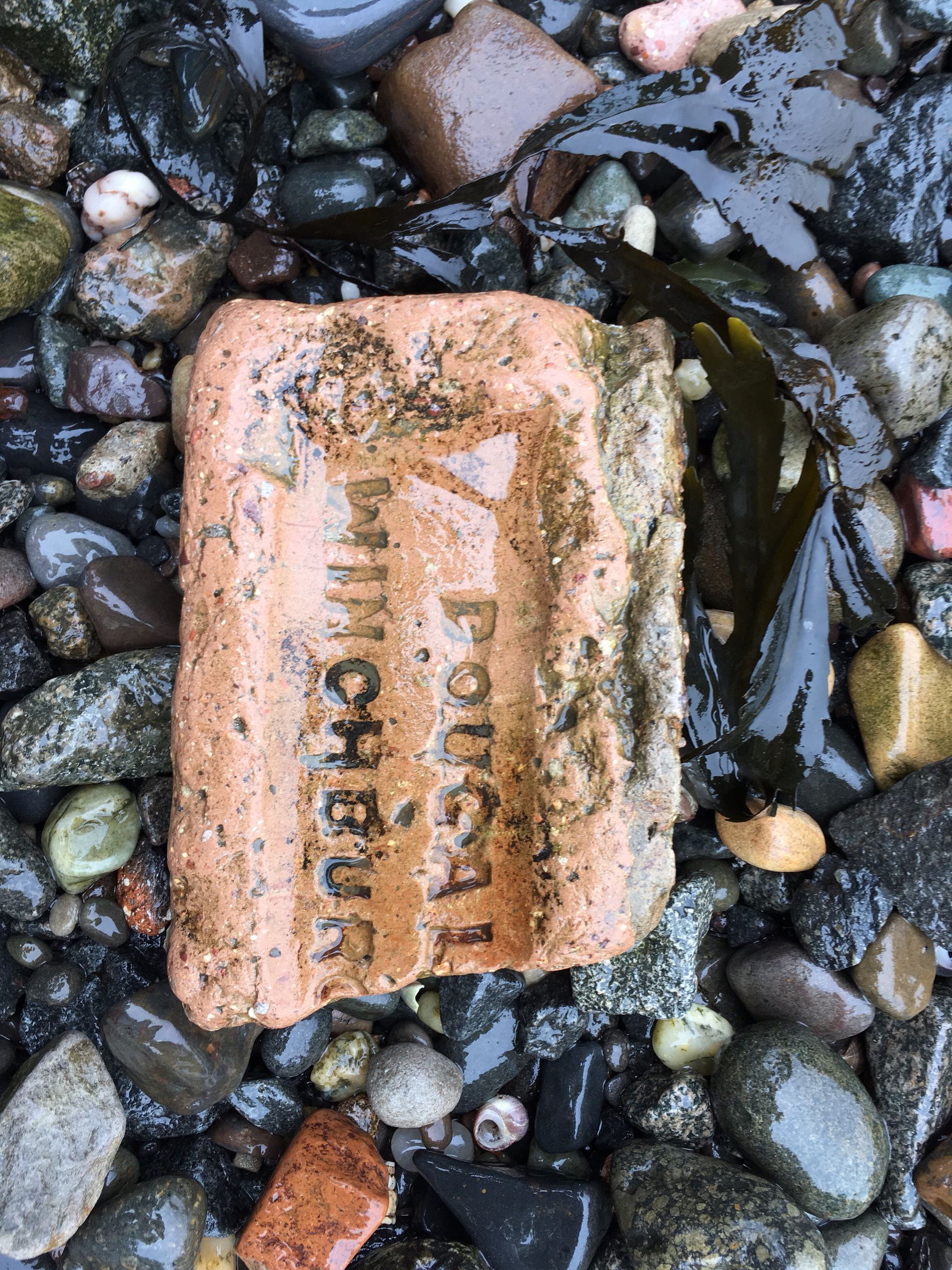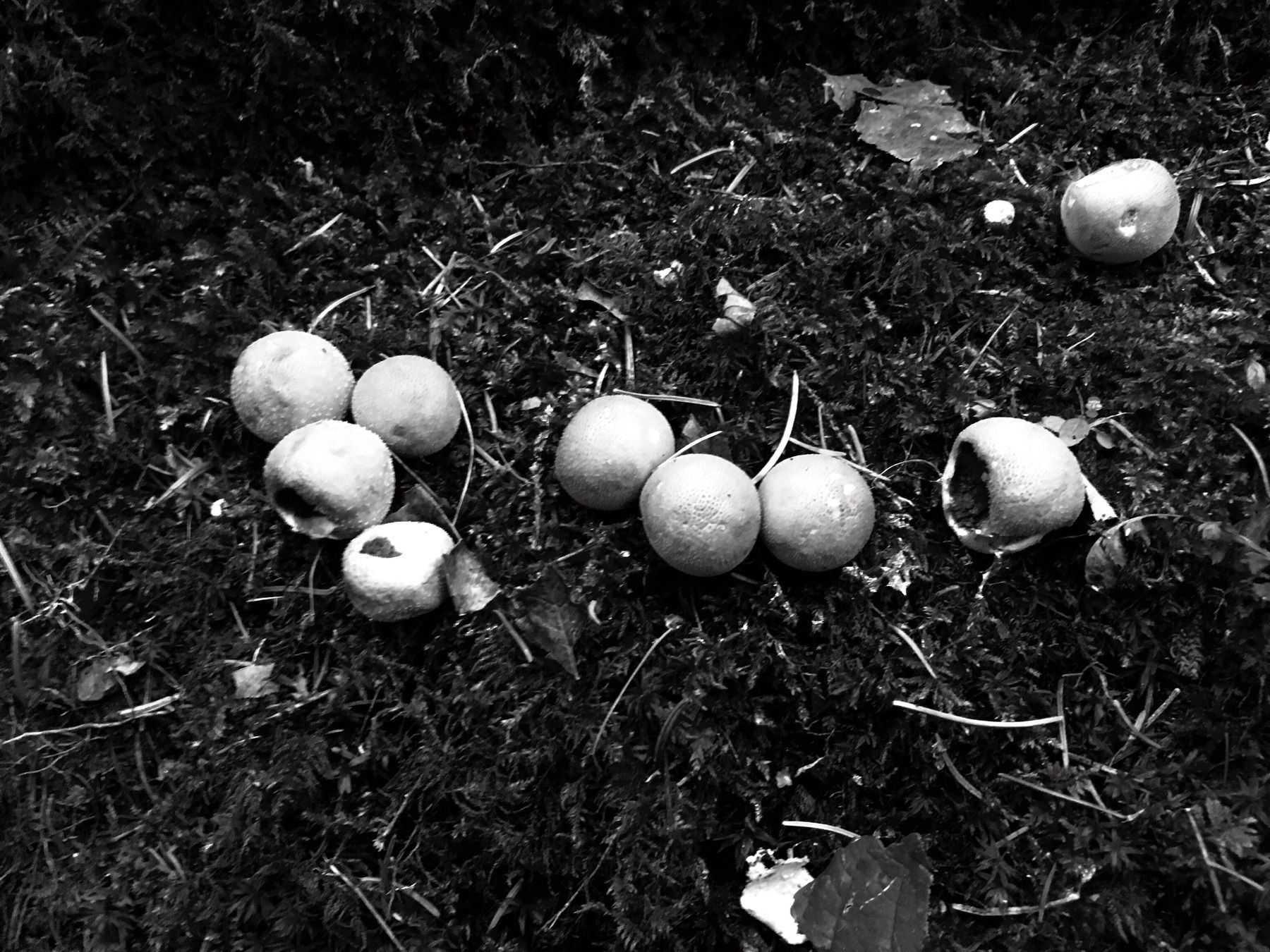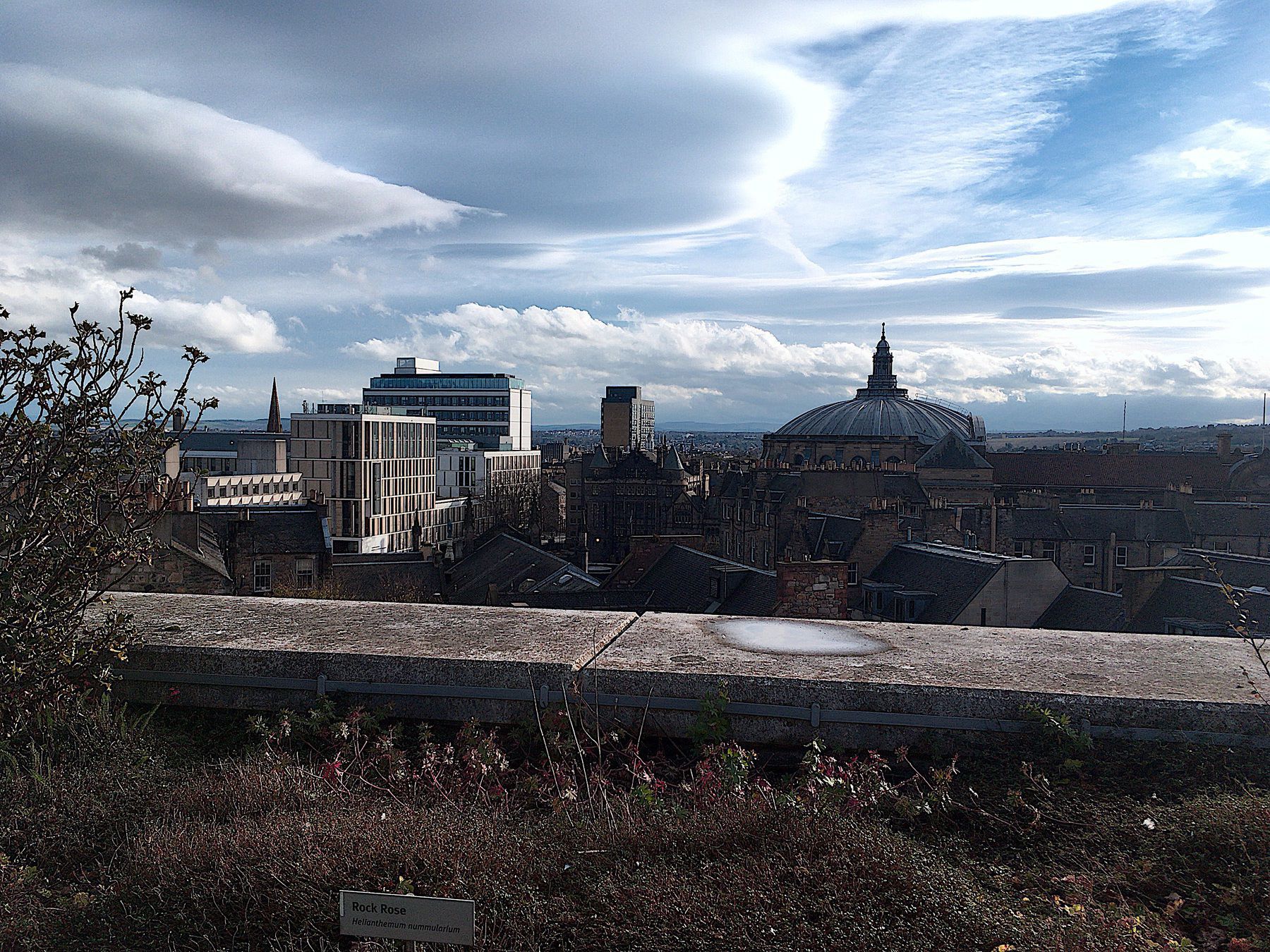Bits and Bobs, but mostly Bobs
Wonderful February
I happened to be passing a nature reserve yesterday at lunchtime. A Nature reserve with a very good cafe (it’s called Vane Farm), so naturally I stopped and had some. To get to the cafe you have to walk through a patch of woodland that is awash with snowdrops just now.
February has been both mild and clement (except for an hour on Saturday, during which time I got soaked) here in the east of Scotland. In fact we have been having those “any-time-of-year” temperatures which could just as easily be somewhat crappy summer weather.
For an archaeologist it has been just amazing. I was working outside, in the shade, in a tee shirt last week, and only trowelling, not doing anything heavy.
Naturally we happy inhabitants of Scotland are just waiting for payment to be demanded. Where are the midges is what I want to know. It’s warm enough, damp enough, so where are they? What impending doom are they instinctively aware of that we humans cannot detect?

So now we know just what stone circles are all about: archaeologynewsnetwork.blogspot.com/2019/01/a…
** The effects of freezing fog
Some evening, freezing fog the other day had a pleasing effect on the local vegetation. Made everything black & white too.
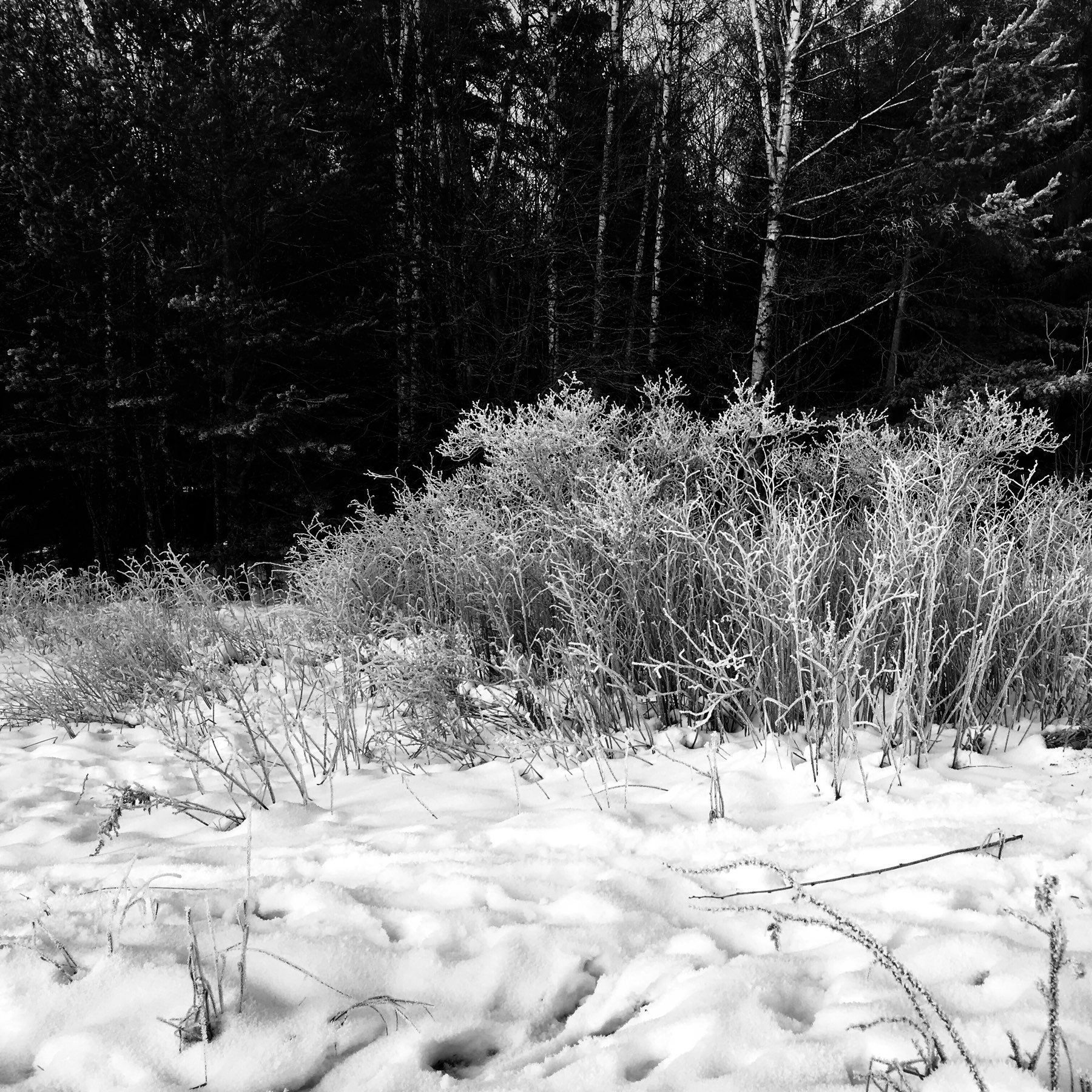
A Melancholy Find
Looking through a secondhand book bought years ago by my father-in-law, probably in London, I found this unfinished Valentines Day card. A wartime romance coming to a melancholy end? I suppose the couple was most likely an American soldier, with artistic flare, and a British woman. I searched online for the first line of the poem and came up with nothing, so the poet and artist may well have been one and the same.
The host book was a late ‘40’s novel, though I’m ashamed to say I don’t remember the title. How the card came to be a bookmark is anyone’s guess; no one can think of any family connection and as I say, the book was secondhand.
Ritual Deposit?
We’ve found lots of evidence of drinking and smoking in Dunfermline’s old graveyard in the past: old clay tobacco pipe fragments and bits of beer bottle for example. Today I came across this, deliberately thrown over the fence into the excavation area onto a table gravestone. It’s wonderful to see such evidence of continuity of use across the centuries.
Trowels As Decoration
“Photograph us at work,” says I to a young archaeologist (she’s nine). This is what I got. Quite pleased really.
My Horse
Well, I say my horse, I’m just borrowing him really. He likes to visit schools with me. Children love horses, even skeletal ones.
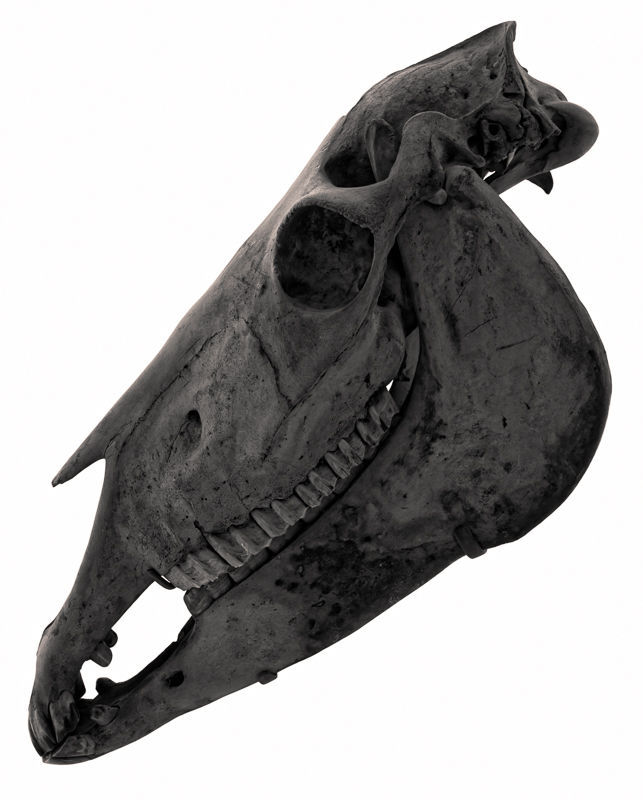
He’s called Henry and he was a working horse from medieval Aberdeen in Scotland. We can tell he was a he because of his wee canine teeth. He was an old fellow when he died and it appears that he was mostly recycled. There are a couple of de-fleshing, cutmarks by the eye socket and none of his other bones were found, though there were indications of glue making nearby.
The Mason’s Gravestone
This 18th century gravestone commemorates a Dunfermline mason and his wife. Not so long after it was erected, all the gravestones in the burial ground were laid flat to improve access. Then in the 1920’s it was stood up again only to fall and hide the name of the craftsman and his wife. I believe that he carved the stone himself, to show off his skill, and included these figures; the corpses of himself and his wife.
Bit Of Old Glass
Graveyards have been places to dispose of more than just dead relatives. In Dunfermline we’re excavating bits of dead building too, used to stop the gravestones above from sinking into the soft earth. Fragments of glass, such as this 19th century piece, from vessels and windows alike, are abundant.
Holes Found In Rock
According to legend these holes were made to support standards displayed during an 11th century battle between Scots and Danes. Seems a lot of effort just to stop a couple of flags falling over for a battle that most likely never happened. But what other reasonable explanation is there? I’m sorry there is no scale in the photos. However, the holes are 13” apart, the larger one is roughly 20” x 12” x 11”, while the other is about 14” x 11” x 10”.
Here’s The Beach
The Forth Rail Bridge provided a suitably dramatic backdrop to a beach combing session; part of a day long archaeological workshop.
Falkland Fungi
Feeling sorry for myself, wandering in the woods near Falkland, in Fife, I came across these. Are they the fruiting bodies of one big fungus growing under the soil, or are they lots of little fungi each fruiting all by themselves?
